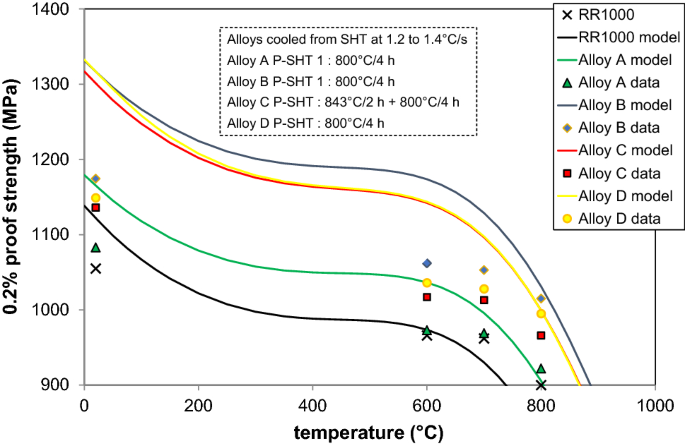In a significant advancement for the energy sector, researchers have unveiled a groundbreaking method to prevent hot cracking in non-weldable nickel-based superalloys, which are critical in high-performance applications such as gas turbines and jet engines. Led by KenHee Ryou from the Korea Advanced Institute of Science and Technology and Northwestern University, the study highlights the innovative use of a passivation layer formed through laser-based directed energy deposition.
Hot cracking has long been a challenge in the production of superalloys, particularly during additive manufacturing processes where temperatures can reach extreme levels. The research team discovered that the addition of hafnium (Hf) to the nickel-based superalloy not only enhances the material’s properties but also facilitates the formation of a protective passivation layer comprised of Hf oxide. This layer acts as a barrier, significantly reducing the occurrence of hot cracking by inhibiting the growth of coarsened molybdenum oxides that typically lead to structural failures.
“The addition of just 2.5 wt% Hf results in uniformly distributed fine oxides, effectively preventing hot cracks from forming,” Ryou explained. This innovation could revolutionize the manufacturing of components for the energy industry, where reliability and performance are paramount. By ensuring the structural integrity of superalloys, manufacturers can produce more robust and durable components, ultimately leading to enhanced efficiency and safety in energy production.
The implications of this research extend beyond just the manufacturing process. As the energy sector increasingly turns to advanced materials to meet the demands of modern technologies, the ability to create superalloys that can withstand harsh environments without succumbing to defects is invaluable. This breakthrough could pave the way for more efficient turbines and engines, contributing to reduced operational costs and improved energy output.
As industries continue to embrace additive manufacturing, the findings published in the ‘Journal of Materials Research and Technology’ (translated to English as the Journal of Materials Research and Technology) underscore the importance of material science in shaping the future of energy production. With the potential to enhance the performance of critical components, Ryou’s research could be a game-changer in how we approach the design and manufacturing of high-performance alloys.
For more insights into this innovative research, you can visit lead_author_affiliation. The ongoing exploration of material properties not only promises advancements in manufacturing techniques but also a more sustainable and efficient energy landscape.




